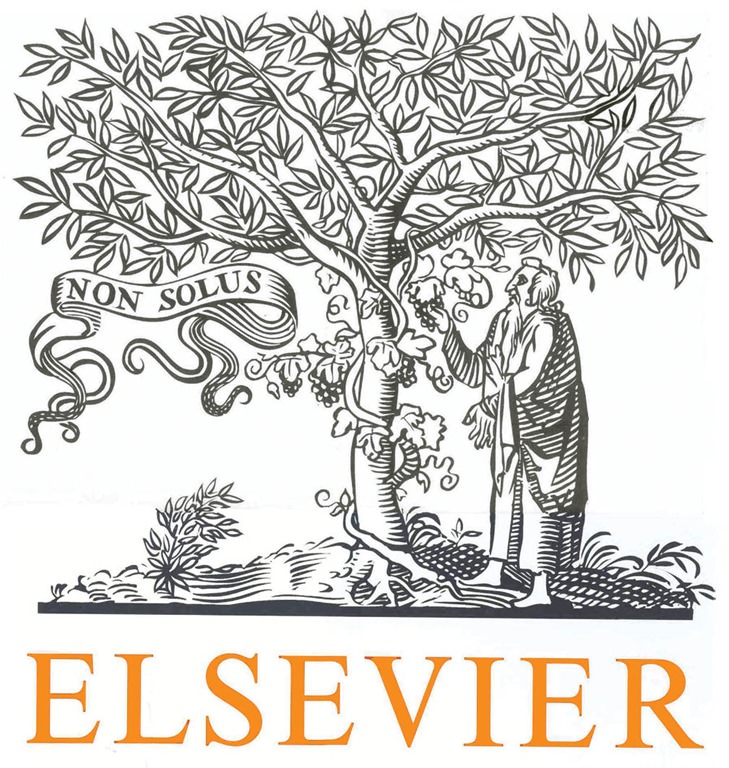abstract
Green Human Resources Management (GHRM) refers to using Human Resources Management (HRM) practices to reinforce environmental sustainable practices and increase employee's commitment on the issues of environmental sustainability. It embraces considering concerns and values of Environmental Management (EM) in applying Human Resources (HR) initiatives generating greater efficiencies and better Environmental Performance (EP) necessary for reducing employees' carbon footprints. This paper presents an empirical assessment and measurement of impact of GHRM practices in manufacturing organizations on EP in Palestinian context. The research approach, using both qualitative and quantitative aspects, extracted six main GHRM practices used in manufacturing organizations from literature review and field data through conducting 17 semi-structured interviews with HR managers. The identified practices were green recruitment and selection, green training and development, green performance management and appraisal, green reward and compensation, green employee empowerment and participation, and green management of organizational culture. A survey instrument was then designed based on GHRM practices identified through qualitative methods, and used for data collection from 110 organizations operating in three manufacturing sectors (i.e. food, chemical, and pharmaceutical sectors) that have implemented GHRM practices at varying levels. Using a five-point Likert-type scale, these extracted practices were evaluated to find out GHRM practices with positive impact on EP. The statistical analysis revealed that the overall mean of the implementation of GHRM practices is 2.72 on a scale of 5, which is considered as a moderate level. Furthermore, the analysis confirmed that there is a statistically positive and significant relationship at a significant level (a � 0.05) between the six GHRM practices and EP. A model was also developed by connecting critical practices of GHRM that can be incorporated in workplace for maximized EP. The value of this paper is the identification, prioritization, and validation of GHRM practices, which influence EP in manufacturing organizations. The presented model offers useful insights on how manufacturing organizations should strategically link their HR functions to support their EP necessary for competitive advantage.








